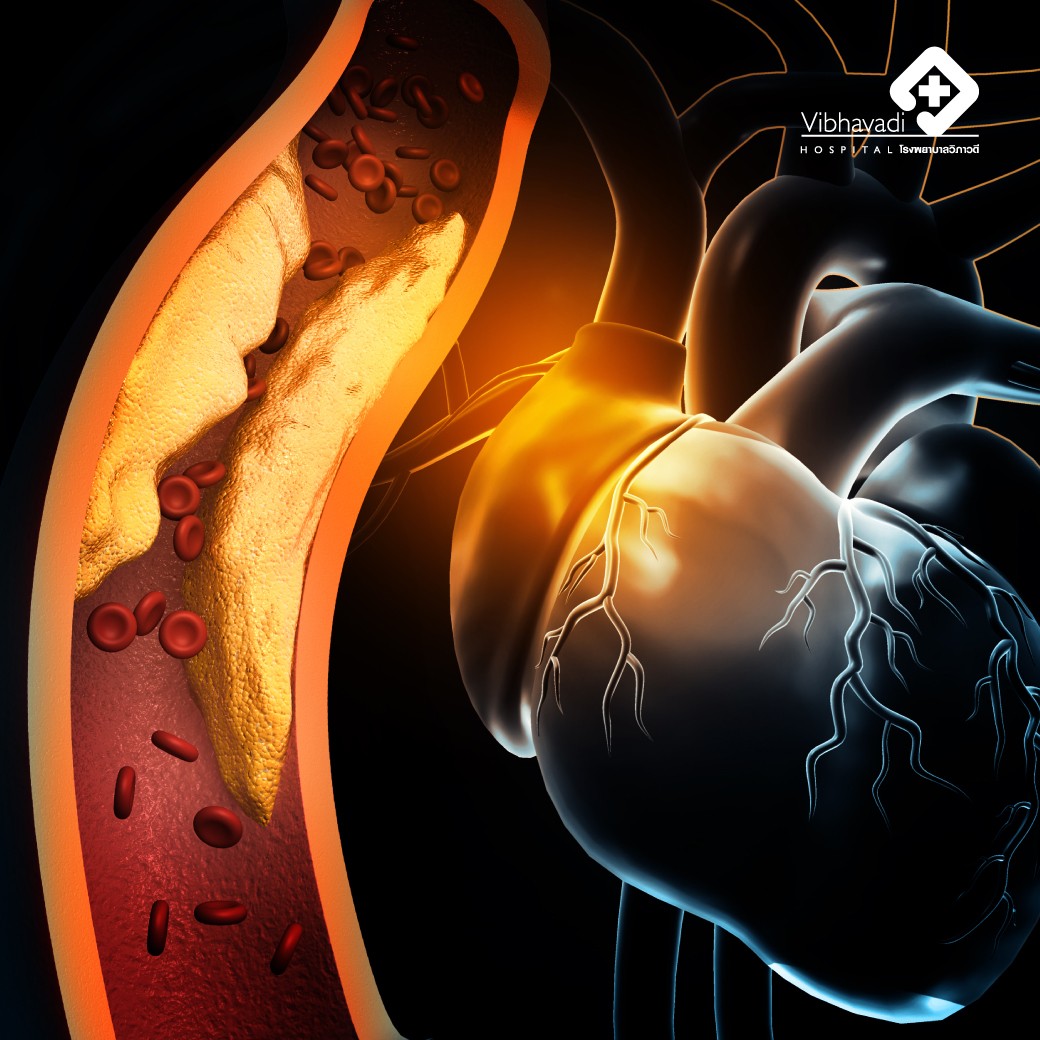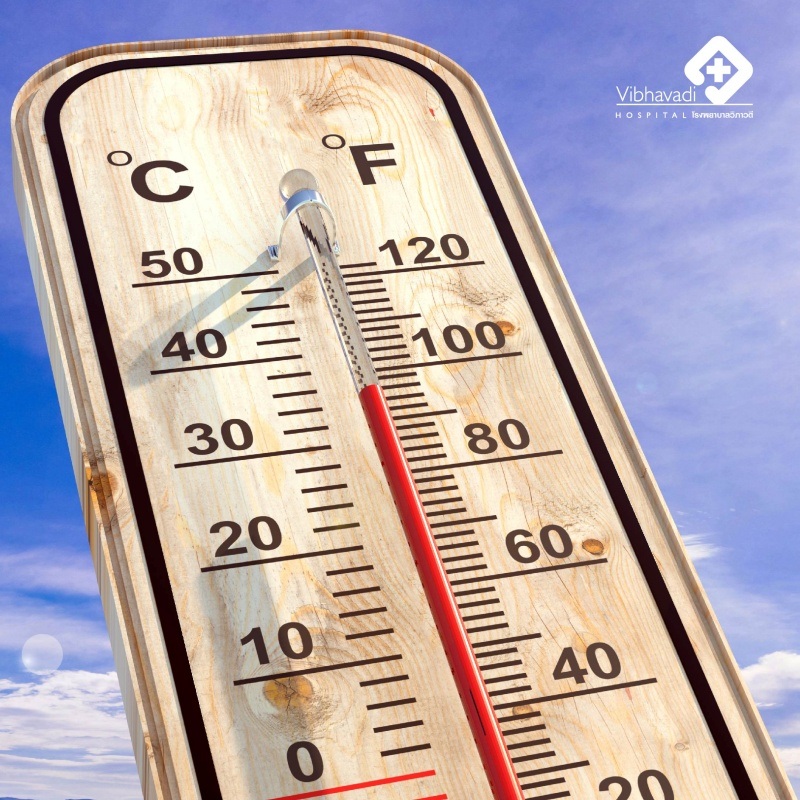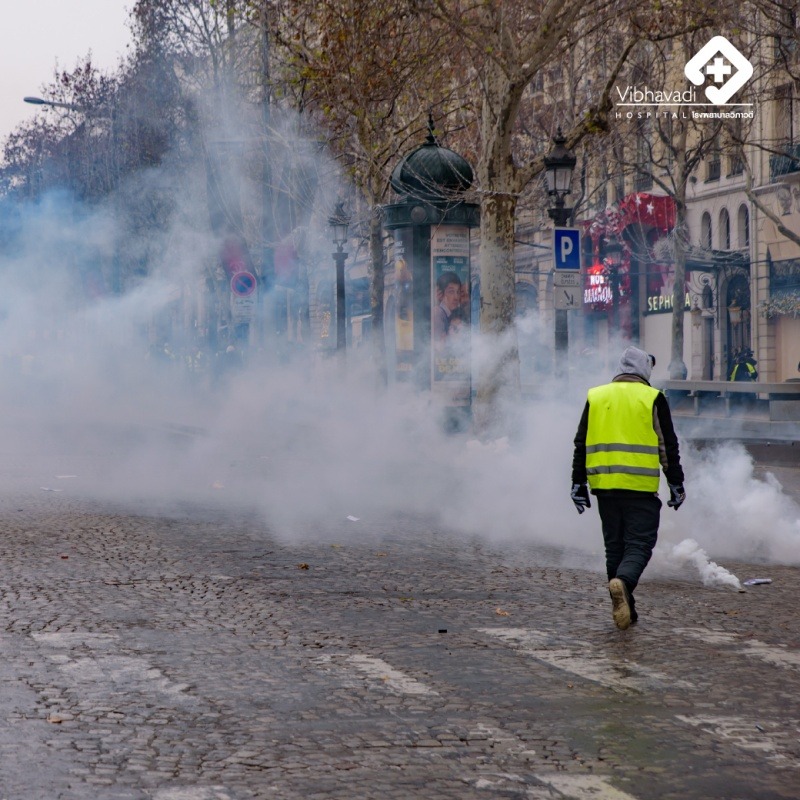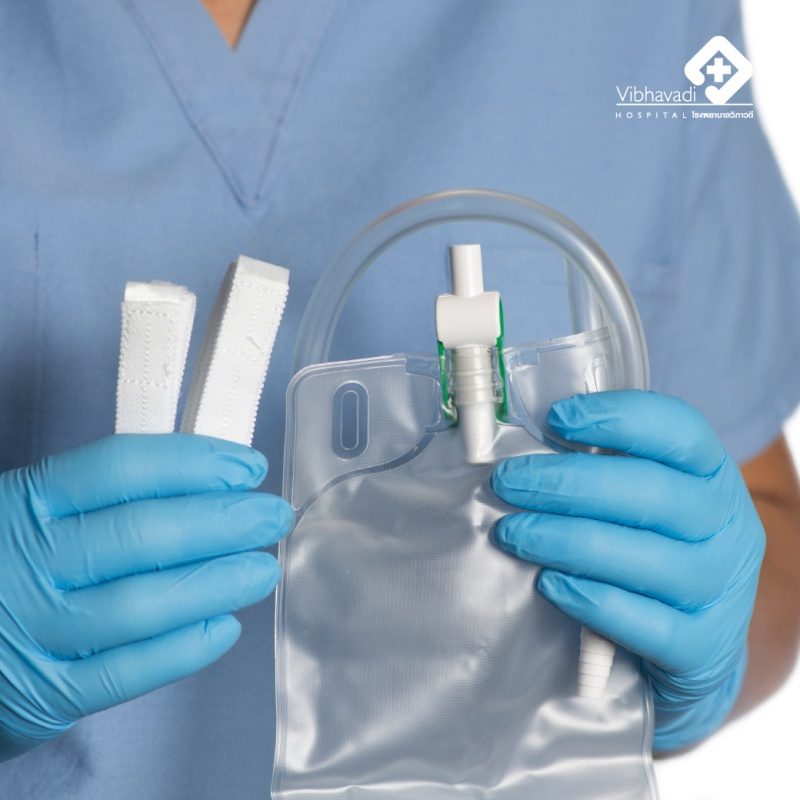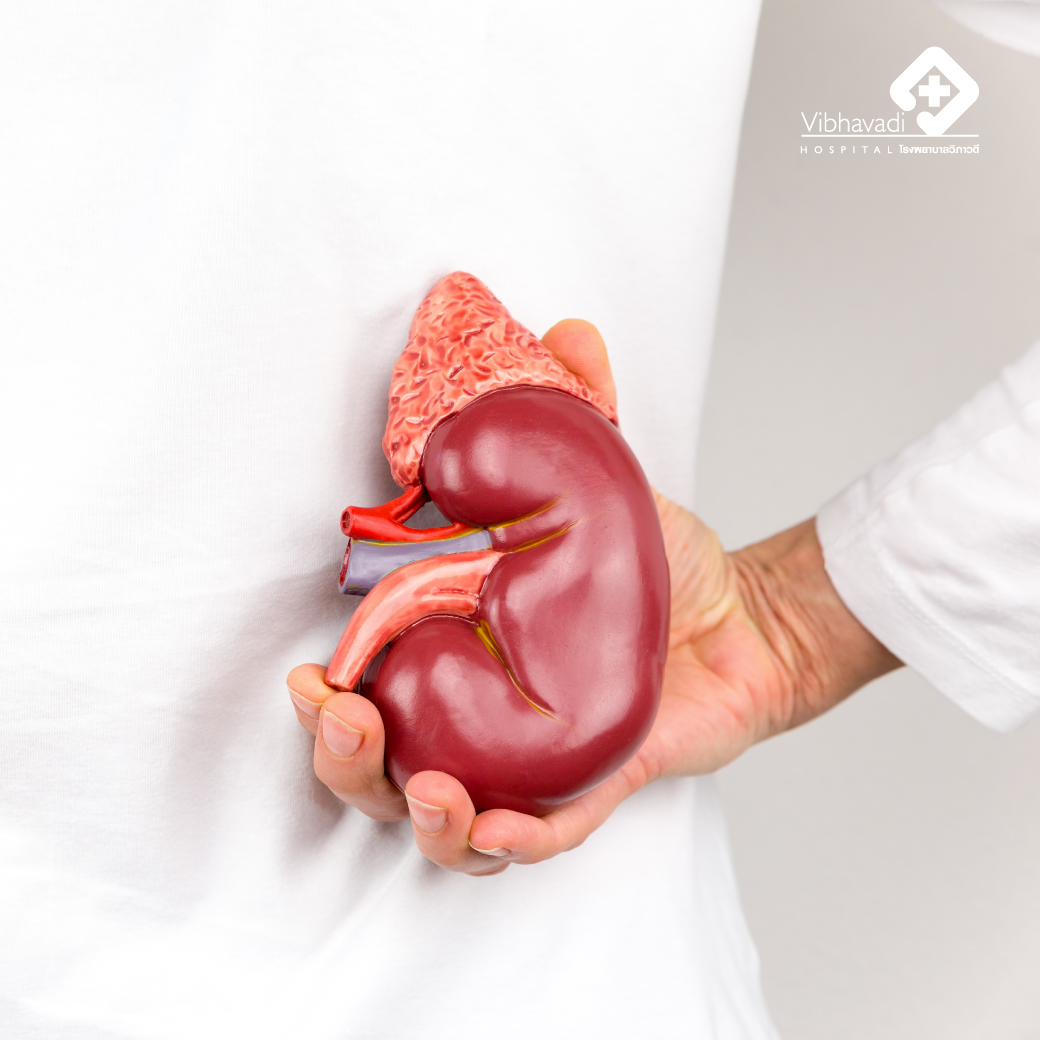How Do Golfers Breathe While Playing Golf?
How Do Golfers Breathe While Playing Golf?
How do golfers breathe while playing golf? You may ask golfers the same question while they are swinging their clubs. If a golfer is preoccupied with thoughts about breathing, they may forget their swing and fail to putt the golf ball into the hole.
According to Dr. Virayut Chaopricha
Orthopedic Surgeon at Vibhavadi Hospital, here are some points to consider regarding breathing while playing golf:
- Ask golfers in the same group about their breathing pattern while they are swinging. If a golfer is preoccupied with thoughts about breathing, they may forget their swing and fail to putt the golf ball into the hole.
- The author asked a skilled professional golfer how they breathe while playing golf, and the golfer replied, "Honestly, I don't know exactly how I breathe." This is a correct answer because if a golfer lacks focus during the game, it would be difficult to achieve the desired results.
- Golfers who perform well have a smooth swing and normal breathing. They don't consciously observe or control their breathing. However, if they experience stress, which often creates self-imposed pressure, they may lose control and their breathing becomes irregular or even held, resulting in muscle tension and an inability to control the swing as intended.
To achieve better control over the swing, it is important to have smooth and regulated breathing. We should pay attention to our breathing in more detail to benefit our health, emotional control, and improve our golf game.
We already breathe in and out approximately 25,000 times a day. It seems like we have extensive experience and nothing more to learn. However, understanding and practicing breathing frequently can allow us to have better focus, improve our ability to control our breath, and ultimately enhance our performance. This is more effective than letting our minds be disturbed by external factors that are beyond our control.
Every cell in our body requires oxygen to sustain life. However, our body cannot store oxygen naturally in an unpolluted environment, where the oxygen concentration is approximately 21%. Oxygen cannot penetrate the skin. We must inhale air containing oxygen into the lung alveoli to oxygenate the blood that passes through them. After passing through the lung alveoli, the blood exchanges carbon dioxide for oxygen, and the waste gas carbon dioxide is then exhaled when we breathe out.
The act of breathing encompasses two distinct types of respiration working in conjunction.
- Thoracic breathing involves the movement of the chest cavity during inhalation. The ribcage and sternum expand while the abdominal area remains relatively flat or experiences minimal movement.
- Abdominal breathing relies on the motion of the abdominal wall. When inhaling, the abdominal wall protrudes outward, while during exhalation, it flattens and moves closer to the back. This type of breathing primarily engages the diaphragm.
Mechanisms of the respiratory system: The muscles involved in normal inhalation:
- The diaphragm plays a crucial role in breathing. It attaches to the inner surface of the lower ribs (ribs 7-12), the xiphoid process, and the first to third lumbar vertebrae. Contraction of the diaphragm pulls the central tendon downward, increasing the vertical dimension of the central compartment.
- The external intercostal muscles, situated between the ribs, contract and lift the ribcage, expanding the thoracic cavity. This expansion causes the pressure inside the lungs to decrease below atmospheric pressure (typically 760 mmHg), facilitating the entry of air into the lung's air sacs until the pressure reaches approximately 762 mmHg.
Normal exhalation:
This process involves the relaxation of the diaphragm and the elastic recoil of the lungs, returning them to their resting state. The pressure inside the lung's air sacs exceeds the atmospheric pressure, resulting in the expulsion of air from the body until the pressure drops to approximately 756 mmHg.
Increasing inhalation strength:
To enhance the force of inhalation, the muscles responsible for elevating the ribcage, including the scalene and intercostal muscles (ribs 2-5), are utilized, allowing for a more forceful intake of breath.
Increasing exhalation:
Intentionally exhaling rapidly or engaging in strenuous physical activity activates the abdominal muscles and the internal intercostal muscles, aiding in forceful exhalation.
During periods of rest, breathing typically relies on the diaphragm. However, in times of stress, tension, arousal, or fear, individuals may resort to thoracic breathing, wherein the abdominal muscles and rigid back are engaged minimally. After the stressful event subsides, the abdominal muscles relax, resulting in a relaxed, full-breath experience that provides a sense of relief and spaciousness. This mindful breathing technique allows for a qualitatively enhanced respiration.
Many golfers may be familiar with the feeling of abnormal breathing during moments of stress, as the thoracic muscles become tense, inhibiting the natural swinging motion. This reflexive breath-holding reaction is present in everyone and is referred to as the trauma reflex. Similarly, it is observed in various animals and serves as a survival mechanism. It involves shallow breathing and breath-holding to minimize sound and motion, avoiding detection by potential threats.
Training, the transformation of rigid breathing into relaxed breathing.
- Sit on a chair or the edge of a bed, with your feet firmly on the ground. Relax your arms and neck, and start leaning back, allowing your body, back, and neck to relax. Take slow, deep breaths, feeling as if the air is entering your abdomen. Count from 1 to 10, then slowly lean forward, letting the air flow out as you lower your neck. Count from 1 to 10. Practice this frequently, and you will gradually feel a relaxed and effortless breathing pattern, using your diaphragm and allowing your lungs to expand and release naturally, without tension.
- When feeling stressed or under pressure, take slow, deep breaths, feeling your lower abdomen and ribcage expand. Then release the breath slowly until you regain control of your sensations.
- Golf Swing Practice:
- Skilled golfers who have a smooth, natural swing without tension often exhale while swinging or immediately after exhaling. They may not even be aware of it.
- Golfers who struggle with their swing tend to have a breathing pattern that resembles inhaling sharply and holding their breath, using chest breathing. This creates a trauma pattern, causing muscle stiffness and restriction.
You can test this yourself:
- Swing the golf club 2-3 times while inhaling and holding your breath.
- Swing the golf club 2-3 times while exhaling slowly. David Leadbetter recommends using this technique by inhaling during the backswing and exhaling slowly when starting the downswing.
- After exhaling completely, tense your abdominal muscles, start the backswing, make the downswing, complete the swing, and then relax and breathe in. Gay Hendricks, Director of the Academy for Conscious Golf and Business in California, found that this method improves accuracy in golf swings.
Repeat the test multiple times, and you will personally feel whether your golf swing improves with technique 2 or 3, which involves exhaling while swinging or exhaling completely. Similar to other sports such as weightlifting or tennis, when lifting weights or hitting a tennis ball, you will hear the sound along with your exhale.
Recommendations for golfers:
- Take a moment to breathe deeply and relax. When you inhale, let your abdomen expand, and when you exhale, allow your abdomen to contract. The author suggests that students try this exercise, but many of them struggle because they are either not focused or tense. When the diaphragm muscle, which is responsible for breathing, doesn't function properly, the chest muscles have to work harder, resulting in less air intake. Try practicing the following exercise: if you don't understand it, lie down on your back, bend your knees, and interlock your fingers. Exhale while tensing all the muscles in your body, including wiggling your toes, pulling your hands, tensing your leg muscles, abdomen, neck, and facial muscles as much as possible. Hold your breath for as long as you can and then release all the muscles at once. You will feel a full breath entering your body along with your relaxed abdomen. Follow this with a full exhalation, allowing your abdomen to deflate. This is diaphragmatic breathing. Practice diaphragmatic breathing frequently until it becomes natural. You will increase your strength and reduce fatigue.
- Choose to practice your golf swing while exhaling or immediately after exhaling, and repeat this frequently until you become proficient. The goal is to be able to swing without being conscious of your breath. When there is pressure, take a deep, slow breath in and out, controlling your breath, and then swing while exhaling or immediately after exhaling, as you have practiced. You will be able to control your swing.
- Engage in aerobic exercise 2-3 times a week. This will greatly improve your respiratory and circulatory systems, allowing you to play golf without feeling fatigued.
- Avoid activities that are harmful to the respiratory system, such as smoking or being in poorly ventilated areas with high levels of pollutants.




